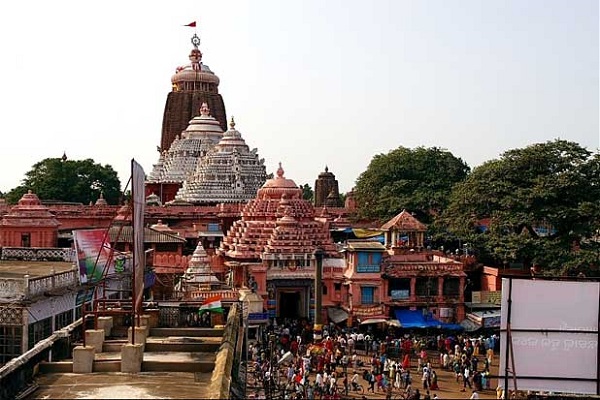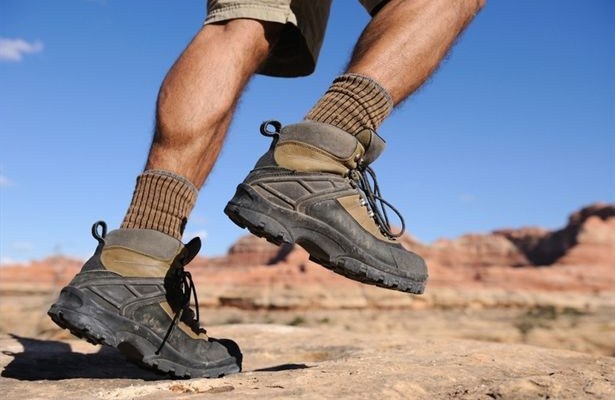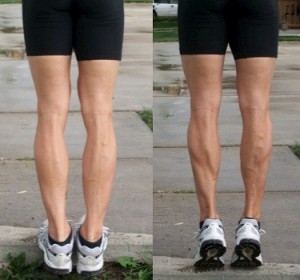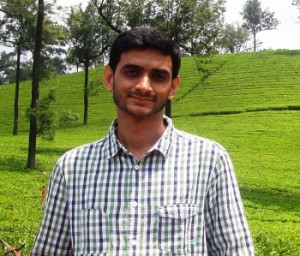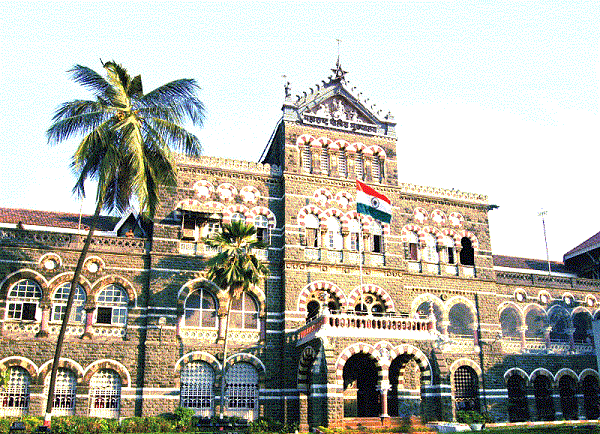As a property owner, make sure you select the right people to inhabit the space when you eventually lease it out.
by The Editors | editor@themetrognome.in
If you are leasing out your property, you need to be very careful about letting it out to the right persons. Your tenants should not be allowed to default on rent and utilities payments, they cannot do anything illegal inside your property, and they cannot conduct themselves inappropriately. These are some things you will have to do as a property owner:
1. Settle all society dues for a year. You don’t use the property, but you still have to pay maintenance, water charges, any pending electricity and gas bills, parking charges, property tax, etc. Meet with the building’s accountant and find out how much you owe the society per month. If you are not able to make a trip to the building every month, it is better to write out a cheque with a lump sum amount and hand it over to the treasurer. Take a receipt for the same and ask the society to inform you in case of revised charges.
 2. Do a discreet background check. You will have to inform the society via a written letter that you wish to lease out your flat or shop for a certain number of months. You cannot lease out without the society’s permission to do so. When you find a potential candidate for your property, find out what the person does, where he or she works, how long they intend to use your property, how many people will reside in or use the space, etc. Enlist the help of a broker to carry out this step, but do not agree to lease out the property till you meet the candidate and are satisfied with him or her.
2. Do a discreet background check. You will have to inform the society via a written letter that you wish to lease out your flat or shop for a certain number of months. You cannot lease out without the society’s permission to do so. When you find a potential candidate for your property, find out what the person does, where he or she works, how long they intend to use your property, how many people will reside in or use the space, etc. Enlist the help of a broker to carry out this step, but do not agree to lease out the property till you meet the candidate and are satisfied with him or her.
3. Ask for post-dated cheques. After you have informed the society that you have found a person for your house or office, introduce them to the building chairman and secretary. After this, be very clear on all the terms; what the security deposit will be, the monthly rental, the condition in which you expect the property to be handed back, which modification you will allow or get done inside the property, the system to settle utilities payments, etc. Insist on the person handing you a series of post-dated cheques – be alert the moment the person says they will pay you every month. Some tenants have been found to stop paying the rent and continuing to occupy the property. Also, do not agree to the tenant paying your rent via NEFT unless absolutely certain that they will do so.
4. Register the agreement. This is an important step, but many landlords do not insist on it because they don’t want to shell out the stamp duty and registration charges. However, registration of the house or office agreement makes the transaction legal and will absolve you of any wrongdoing in case the tenant uses your property mischievously. You and the tenant each get to keep the registered agreement.
5. Insist on police verification. This is the most important step. The mandatory police verification must happen for the new tenant because it is a certificate from the police station verifying the tenant’s credentials. This certificate must be included with your registered agreement copy.
6. Take immediate steps in case of indiscipline. Before the tenant starts using the property, give him or her a checklist of Dos and Don’ts. Insist on them maintaining decorum while using the property, and that their conduct should not reflect poorly on you. Remember that the building society is within its rights to ask you to vacate the tenant if their conduct is found reproachable. If you hear any complaints from the society about your tenant, remedy the situation at once.
7. Do not allow the tenant to change the main lock. A big red flag for any owner is the knowledge that the tenant wants to change the main fixed lock to the property. Do not allow this under any circumstances, because it suggests a malafide intention. For the tenant’s safety, allow them to use a detachable lock to use when they are not at home, and do not keep a copy of the key to this lock – in case a theft occurs in the property, the tenant should not be able to point a finger at you and declare that you may have carried out the theft.
8. Visit periodically. Your job as the owner is not complete just by doing the paperwork and collecting the rent. In the initial days, make it a point to visit the tenant for a chat after informing them of your arrival, and observe how they are using the property. If you find that any unauthorised repairs have been carried out without your permission, or if anything inside the flat or office is broken or damaged, tell the tenant that you will deduct the damages from the security deposit. Keep in touch with the society as well, to hear their account of the tenant’s behaviour.



